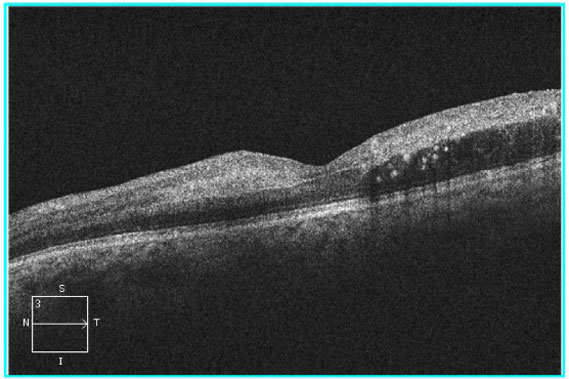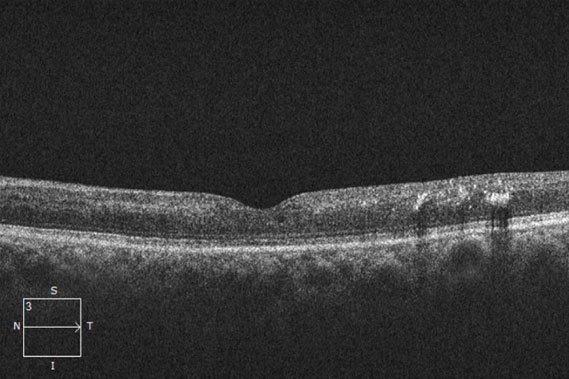Retinal artery obstructions treated as 'nothing less than a stroke'
Click Here to Manage Email Alerts

Neurologists consider an acute retinal artery obstruction a true medical emergency and classify it as a stroke.
Scott C. Richards, MD, suggests health care practitioners implement a “major shift” in the referral pattern for retinal artery obstructions by taking a page from neurology’s standard of care.
Traditionally, those with a suspected retinal artery obstruction were rushed from the health care practice to an ophthalmologist or retinal specialist. Richards explained that traditional treatment to get blood flow re-established to the retina is rarely successful.
“Retinal specialists put pressure on the eye and then suddenly release it or put a needle in the eye to relieve the pressure. It almost never works. I’ve done quite a few over the years, and I’ve had one where it may have helped a little bit," he said, adding that the usual referral pattern is to the retinal specialist.
“Today, a retinal artery obstruction is considered nothing less than a stroke,” Richards continued. “It’s just that the embolus goes to the eye rather than to the brain.”
Now, based on information from the American Heart Association and the National Stroke Association, these patients should be sent to the nearest stroke center or hospital emergency room, according to Richards.
In a joint statement, the American Heart Association and the National Stroke Association define stroke as brain, spinal cord or retinal injury caused by a blood vessel blockage. Along with the American Academy of Ophthalmology, the three groups recommend that once a diagnosis is established, patients need to be sent to the nearest stroke center or hospital emergency room with a stroke center, Richards said.
“They need an MRI and they need multiple tests done to find out their risk of a major cerebral stroke within the next few hours or a few days,” he added.
When the patient is sent to a retinal specialist for extraordinary measures, it almost never works, “and we are simply slowing down the proper referral pattern of getting to the neurologist and the stroke center,” Richards said. He added that health care practitioners should find out who in their general area manages strokes and what hospital is best for referring these patients.
If a patient suffered an acute blockage in the last 2 weeks, it would usually be visible on retinal examination, he said. Fluorescein angiography and OCT findings are specific in these cases but are not necessary in the majority of patients.

“It’s primarily a diagnosis made by looking at the retina,” Richards said.
He also recommends same-day evaluation for emergency cases.

“When someone calls and says they lost all their vision in one eye, instead of getting them into the office in a week or two, the office should see them that day,” he said.
These patients should also be scheduled back for periodic re-evaluations to watch for rubeosis and retinal neovascularization over the next 3 to 6 months.
Even though the AAO published these guidelines a few years ago, “many ophthalmologists and retinal specialists do not manage them appropriately,” Richards said.
Most still attempt extraordinary measures to restore vision and then will send patients to their primary care physician for evaluation and workups, he said, “which is fine, if it’s been 2 or 3 weeks since the onset of the artery obstruction. But if it’s within a few days of obstruction they need to go to the ER instead.” – by Abigail Sutton
Editor’s note: This article is adapted from “Optometry must follow neurology’s standard of care in retinal artery obstruction,” posted Jan. 10, 2019
.For more information:
Scott C. Richards, MD, specializes in retinal diseases and surgery at The Retinal Institute, with various locations in Indiana and can be reached at: srichards@myretinalinstitute.com.
Disclosure: Richards reports no relevant financial disclosures.
